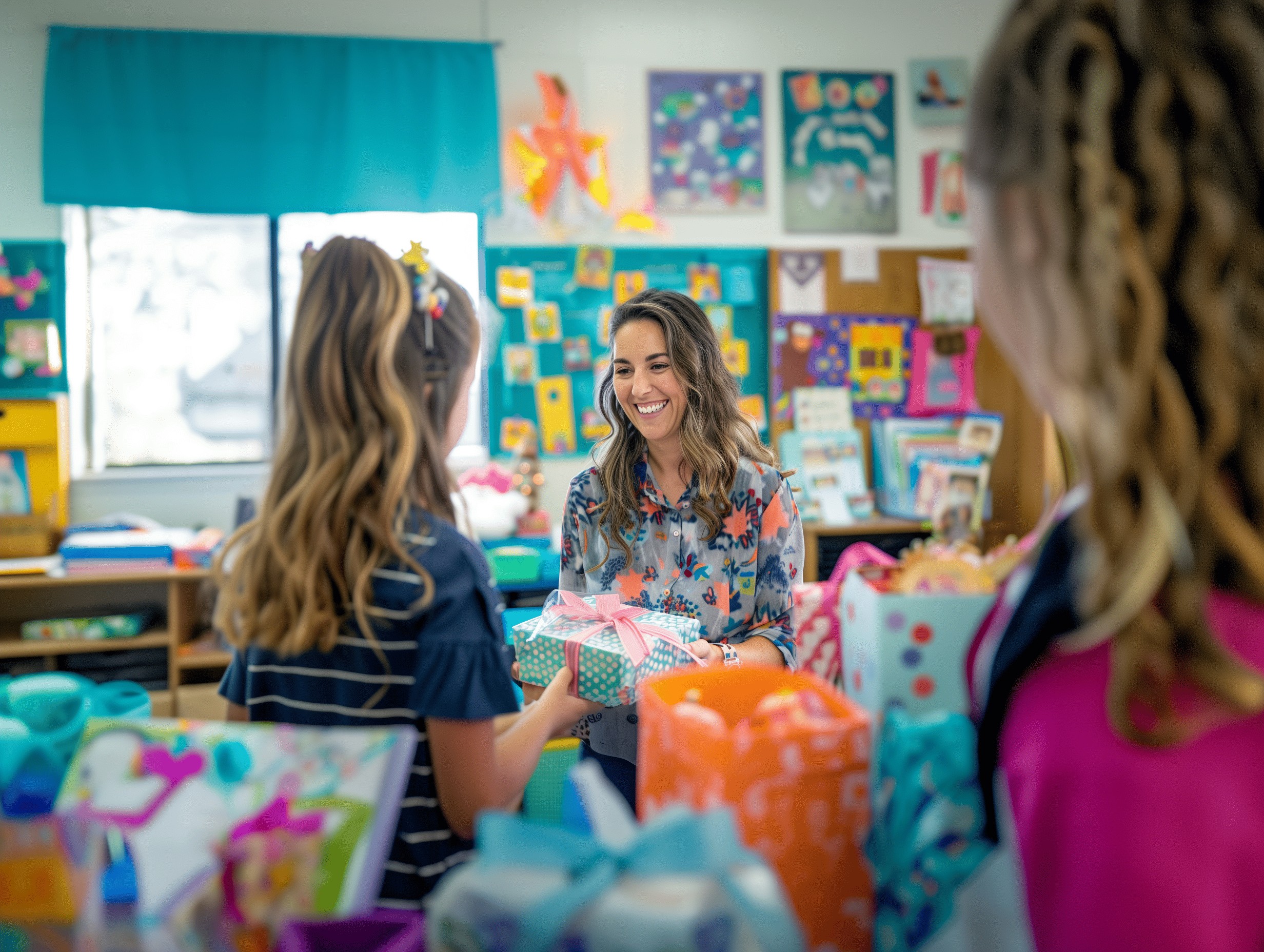Drug-Free Schools Now
Steps Principals Can Take
Mr. Randy Howell is the principal of Winder-Barrow High School. He operates a number of drug reduction and anti-violence programs. Questions for Thought: 1. What are ways parents and teachers can work together towards the reduction of drugs and violence in schools? 2. What are the most effective steps that will make a school safer? I. Community Discipline Committee
II. Installed Security Cameras III. Installed Classroom Telephones IV. School Resource Officer V. Peer Leadership program helps students with personal and academic problems VI. Multi-Cultural club emphasizes tolerance of cultural diversityCOMMUNITY DISCIPLINARY COMMITTEE
A disciplinary committee made up of concerned administrators, teachers, parents
and students was formed about two years ago at Winder-Barrow High School in
Winder, Georgia in order to take a more collaborative approach to forming and
applying discipline policy.
Steps for creating a Community Disciplinary Committee:
- Contact the Superintendent's office to obtain permission to establish the committee.
- Contact the local Chamber of Commerce for possible representatives from the business community.
- Contact local religious leaders and encourage their participation.
- Invite a local politician to join the group.
- Request representation from the local PTA/PTO.
- Persuade several school faculty members to participate.
- Establish a Disciplinary Handbook and a disciplinary reporting procedure.
Activities of the Committee:
The committee's first responsibility is to ensure fairness and consistency in all school rules and regulations. An additional responsibility is the review of disciplinary reports and the resolution of any ensuing problems. Here is a list of possible activities to be undertaken during monthly meetings:- Adjusting the dress code.
- Reviewing attendance regulations.
- Creating a student agenda handbook.
- Revising student parking regulations.
- Recruiting detention monitors.
- Tightening rules against fighting and classroom disruptions.
- Arranging for monitoring for the gym area after school.
- Recruiting a paid School Resource Officer.
- Creating a zero tolerance policy for weapons.
PEER LEADERSHIP PROGRAM
The mission of the peer leadership program: ".. .to foster the effective use of
peer leaders in providing assistance to others in a variety of human service
arenas ranging from kindergarten to grade twelve."
THE FOUR SUPPORTING GOALS:
- To help involved students increase their self-esteem.
- To train students to recognize and accept individual differences.
- To assist students to learn and practice effective communication and decision-making skills.
- To train students to become positive peer influences with other K-12 students, teaching them to resolve problems, make decisions, develop better study habits, and resist peer pressures.
STUDENT PERFORMANCE OBJECTIVES:
After successfully completing a credit course on Peer Leadership, the student will be able to:- Identify the needs and concerns of the student population.
- Demonstrate a knowledge of school and community resources.
- Demonstrate a knowledge of program planning and implementation.
- Utilize a variety of facilitative problem solving strategies applicable to given situations.
- Utilize knowledge and understanding gained through individual and group research projects.
SUGGESTED LEARNING ACTIVITIES INCLUDED IN THIS COURSE:
- Resource speakers on violence
- Keeping journals
- Student-created skits
- Compiling resource materials
- Panel discussions on problem solving
- Field trips
- Role playing
- Service-oriented activities
- Diaries
| For more information |
| Teacher's Workshop 1250 Overlook Ridge Bishop, GA 30621 |
| Call: 1-800-991-1114 |
| Email us at: [email protected] |



